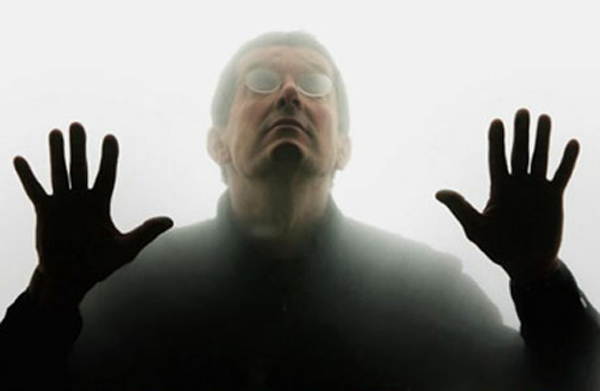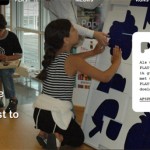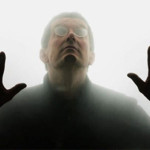Got an e-mail from Eveline Wawou this week - she represents artists that make art objects…
What is art for?
Posted by Everdien on 5/22/12 • Categorized as All posts
“It is, of course, impossible to completely functionalize art”. A quote that stuck in my memory a while ago has recently become a source of irritation, for I cannot find its source. I thought it was by Ricardo Basbaum, but cannot trace it back to either his writings or to publications about him. Tried Google, tried everything. Of course, I may have invented it altogether.
functionalize (third-person singular simple present functionalizes, present participle functionalizing, simple past and past participle functionalized)
- To provide something with a function
- (organic chemistry) To add a functional group to a compound
It’s the kind of sentence one chews on for a while. It is set up like a self-evident truth – of course – but is it, really? After all, art does have a function.
To get a grip I could start by compiling a list of functions that art has. If this list turns out to be limitless, the statement holds true: it is impossible to completely functionalize art because it’s functions cannot all be known. If the list is completable, I’d have to find a way to push around the idea that art is more than the sum of all these functions. Way to go!
What functions does art have? Let’s hear the voice of Simon Schama – I’m presently reading his hang-ups, essays on painting (mostly). From page 9, the introduction: “Art begins with resistance to loss; or so the ancients supposed. In a chapter on sculpture in his Natural History, Pliny the Elder relates the legend of the ‘Corinthian Maid’ Diboutade who, when faced with the departure of her beloved, sat him down in candlelight and traced his profile from the shadow cast against the wall. Her father, the potter Boutades, pressed clay on the outline to make a portait relief, thereby inaugurating the genre (and wrecking, one imagines, the delicate shadow-play of his daughter’s love-souvenir). For art, like memory, is never truly solid (even when made from stone or wood or metal) and seldom free of melancholy ambiguity, for it presupposes the elusiveness, if not the outright disappearance, of its subject. Its deepest urge is to trap fugitive vision and passing sensation – elation, horror, meditative calm, desire, pathos – the feelings we have when we experience life most intensely, before routine, time and distance dull the shock, and veil the memory. This craving to nail down transient experience is an unassuageble craving, as basic to us as the self-pitying sorrow for our own mortality, and just as invariably doome3d to disappointment. But art draws its wistful power from this heroically futile struggle against disappearance, and what it leaves behind are the visual traces of its defiance.”
So, to start off the list: 1. to nail down transient experience
The p
Gerelateerd:
-
PLAY+ART
-
What is art for
Just what is art for? I have a book on my reading list titled but is…
| « Spatial imagination – Utrecht May 2012 | <-- previous post | next post --> | Virtual world accessing us » |
|---|








